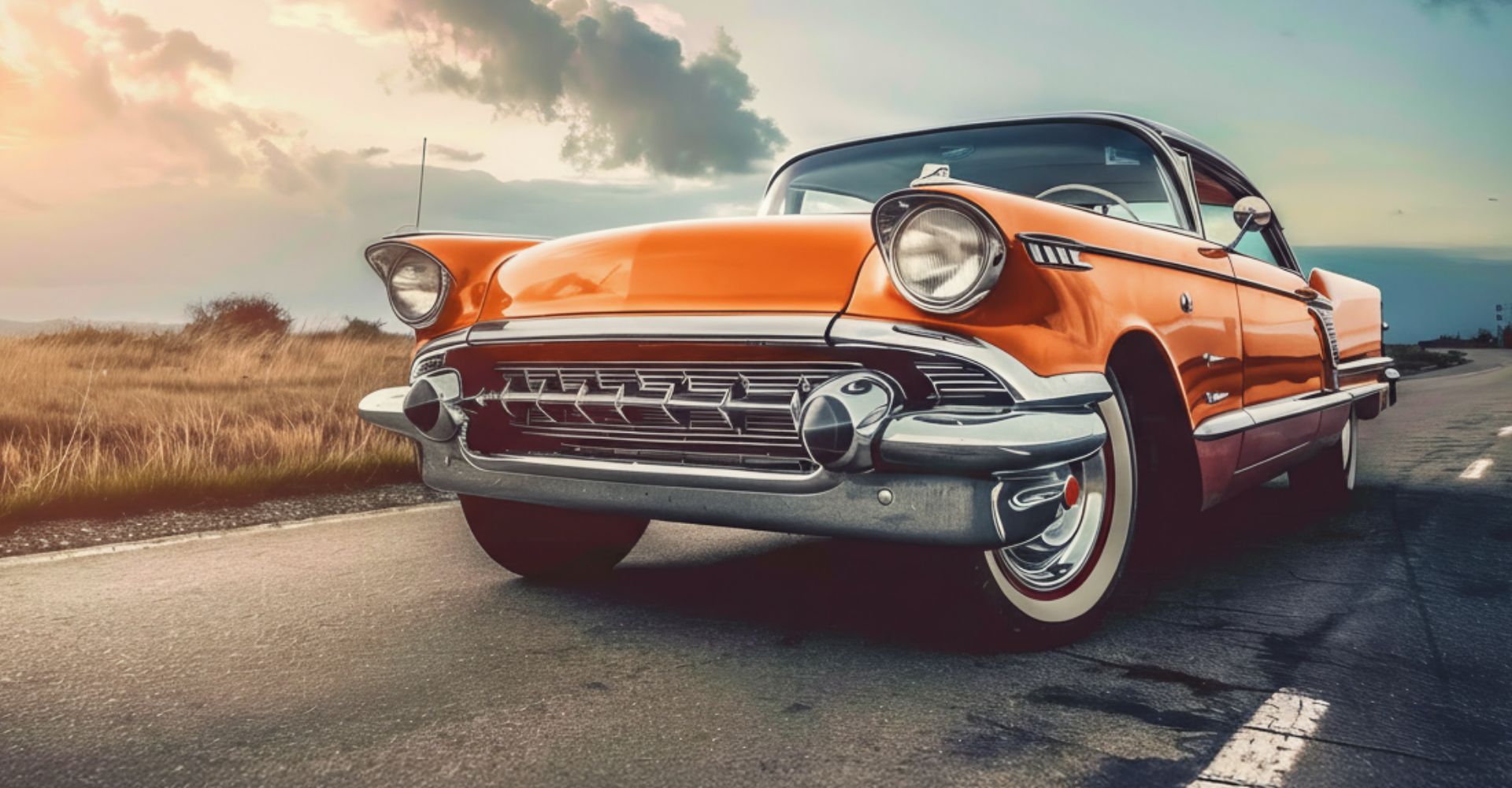For car enthusiasts, owning something rare and full of character is part of preserving history. Whether you’ve got your eye on a 1930s roadster or a 1980s icon, knowing the difference between classic, vintage, and antique cars can help you appreciate your ride even more. It also comes in handy when you’re sorting out things like registration, valuations, or car insurance for your vehicle.
Quick Car Age Class Definitions
What is a Classic Car?
A classic car generally falls between 20 and 40 years old, though many purists stretch that further. These cars, like 1960s Mustangs, 1970s Beetles, and early 1990s BMWs, represent eras that shaped motoring culture. They’re often admired for design, performance, or just the nostalgia they bring back every time you turn the key.
What is a Vintage Car?
When someone talks about a vintage car, they’re usually referring to vehicles built between 1919 and 1930. These beauties mark the shift from early motorised transport to the first true cars, crafted with precision and packed with personality. Think of long bonnets, upright grilles, and gleaming chrome.
What is an Antique Car?
Antique cars are usually those built before 1919, and they’re as rare as they are remarkable. These vehicles trace the origins of motoring itself, with hand-built machines that paved the way for everything that came after them. They’re less about speed and more about preserving the craftsmanship and history of the very first automobiles.
Classic vs Vintage Cars
While both vintage and classic cars have a timeless appeal, there are a few key differences that set them apart:
Category |
Vintage Cars |
Classic Cars |
Era & Engineering |
Built in the pre-war era, featuring mechanical brakes and early engine technology. These cars represent the foundations of automotive design. | Produced post-war and beyond, with hydraulic systems, electrical components and more refined handling. The improvement in comfort and drivability is easy to feel behind the wheel. |
Originality vs Modification |
Typically kept in original condition to preserve authenticity and historical accuracy. | Often restored or modified (“resto-mod”) to blend vintage charm with modern performance and comfort. |
Example Models |
Ford Model A, Rolls-Royce Silver Ghost, Bentley 4.5 Litre, and Bugatti Type 35 | Jaguar E-Type, Mercedes-Benz 280SL, Volkswagen Beetle, BMW E30 3-Series, and Mazda MX-5 |
South African Context: Car Age Classes
Here in South Africa, enthusiasts often refer to the South African Vintage and Veteran Association (SAVVA) system to classify older vehicles by age.
Ancestor, Veteran, Vintage, Post-Vintage, and Post-War Cars
- Ancestor (pre-1905): The true trailblazers.
- Veteran (1905–1918): Early motor engineering and limited production.
- Vintage (1919–1930): The golden age of design and innovation.
- Post-Vintage (1931–1945): Refined craftsmanship and the rise of luxury.
- Post-War (1946–1960): Stronger, sleeker, and more accessible than ever.
These categories help determine eligibility for rallies, club membership, and heritage plates. So, they’re worth knowing if you’re joining the classic car community.
Insurance Considerations for Older Vehicles
Owning a classic, vintage, or antique car often means you’ll need specialised insurance. These policies consider factors such as your car’s age, rarity, and usage.
While dotsure.co.za offers comprehensive car insurance for vehicles up to 25 years old, it’s still worth protecting your ride. Whether it’s your everyday runabout or a weekend favourite, get a quick online quote or contact us to explore insurance options built around your lifestyle.



